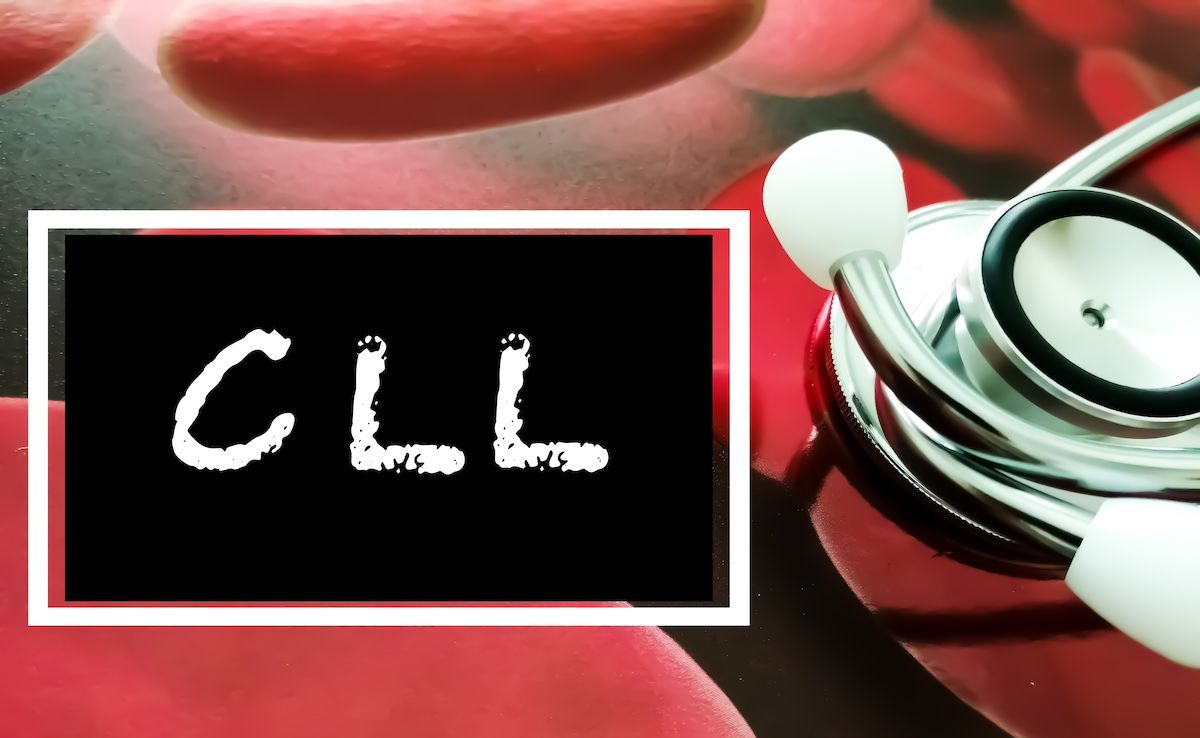Article
Sarilumab as a Combination or Monotherapy Successfully Targets IL-6, Improves Symptoms in Patients With RA
Author(s):
Patients with rheumatoid arthritis (RA) not only deal with functional impairment, but also pain, fatigue, and other symptoms driven by interleukin (IL)-6 levels. In a session at the American College of Rheumatology’s annual meeting, 2 speakers examined the role of IL-6 in RA and treatment using sarilumab (Kevzara) to target and block IL-6 signals.
Patients with rheumatoid arthritis (RA) not only deal with functional impairment, but also pain, fatigue, and other symptoms driven by interleukin (IL)-6 levels. In a session at the American College of Rheumatology’s annual meeting, 2 speakers examined the role of IL-6 in RA and treatment using sarilumab (Kevzara) to target and block IL-6 signals.
Anne Winkler, MD, PhD, FACP, FACR, rheumatologist with Premier Specialty Network, outlined how IL-6 impacts patients with RA. Almost 29% of patients on methotrexate who have a good response based on European League Against Rheumatism criteria, which depends on the level of the Disease Activity Score and the Disease Activity Score in a count of 28 joints, still experience pain, she explained. In addition, she said, patients with moderate to severe RA who are on tumor necrosis factor (TNF) inhibitors tend to improve in 6 months of treatment, but after those 6 months there is little improvement in pain, stiffness, fatigue, and function.
However, pain is a top priority of patients with RA.
“That’s when they come into our office, because they’re concerned about [pain],” Winkler said. “And I think we all know that we need to evaluate our patients and look to see where they are in terms of signs and symptoms of RA.”
The interesting thing about IL-6 is the range of symptoms it causes, she said, and that it is very high both in serum and the joints of patients with RA. The higher the levels of IL-6, the higher the level of dysfunction and the more radiographic damage.
IL-6 also plays a role in fatigue in patients with RA. Stress increases cytokines, including IL-6, and chronic inflammation, which happens with high levels of IL-6 blunts the hypothalamic pituitary adrenal axis that would normally keep the cytokines in check. As a result, fatigue is an ongoing issue with patients with RA.
“I think we’re all aware that some of our patients continue to have fatigue even when they seem to be doing very well otherwise,” Winkler said.
Sarilumab, a human monoclonal antibody targeting IL-6, has been studied in 3 main trials: TARGET, MOBILITY, and MONARCH. The first 2 compare sarilumab plus a disease-modifying antirheumatic drug (DMARD) against placebo with a DMARD. However, MONARCH studies sarilumab as a monotherapy in a head-to-head trial with adalimumab as a monotherapy.
Anthony Sebba, MD, assistant clinical professor at the University of South Florida, presented the clinical data from these 3 trials, highlighting the performance of sarilumab, and also went over safety issues with the therapy.
In TARGET, the patients included had not done well on TNF inhibitors. In the past, these patients would just be switched to another TNF inhibitor, but the thinking now is to give them another mechanism of action. In MOBILITY, the patients included had an inadequate response to methotrexate.
Both studies showed that sarilumab worked compared with placebo to meet the end points of proportion of patients achieving American College of Rheumatology 20% improvement (ACR20) and change from baseline in the Health Assessment Questionnaire disability index.
In MONARCH, patients who could not take methotrexate due to either an inadequate response or intolerance were randomized to sarilumab or adalimumab.
“Rheumatologists always ask for head-to-head studies because we always want to see this in order to make informed decision about what to use,” Sebba said.
MONARCH examined how well sarilumab functions without methotrexate and how it functions without methotrexate relative to another commonly used agent in the class. The trial showed that sarilumab was not just slightly better, it was “clearly different and the difference is magnified when you look at the ACR70 scores.” In the study, 23.4% of patients taking sarilumab achieved ACR70 compared with 11.9% of patients taking adalimumab.
As for safety, the number 1 adverse event was neutropenia, which Sebba called “completely predictable” given that an IL-6 inhibitor causes C-reactive protein and white cell counts to fall, making patients more susceptible to infections.
Looking at quality of life, sarilumab compared with placebo gets patients with RA closer to the quality of life scores of an age-matched cohort of people without RA. Particularly when it comes to the vitality of patients, scores of patients taking sarilumab were very close to the normal state. Mental health was another area where these patients were getting closer to the score of the general population, Sebba noted.
In conclusion, sarilumab works “quite well” and is a potent anti-inflammatory that works well as a combination therap or as a monotherapy, Sebba concluded.




